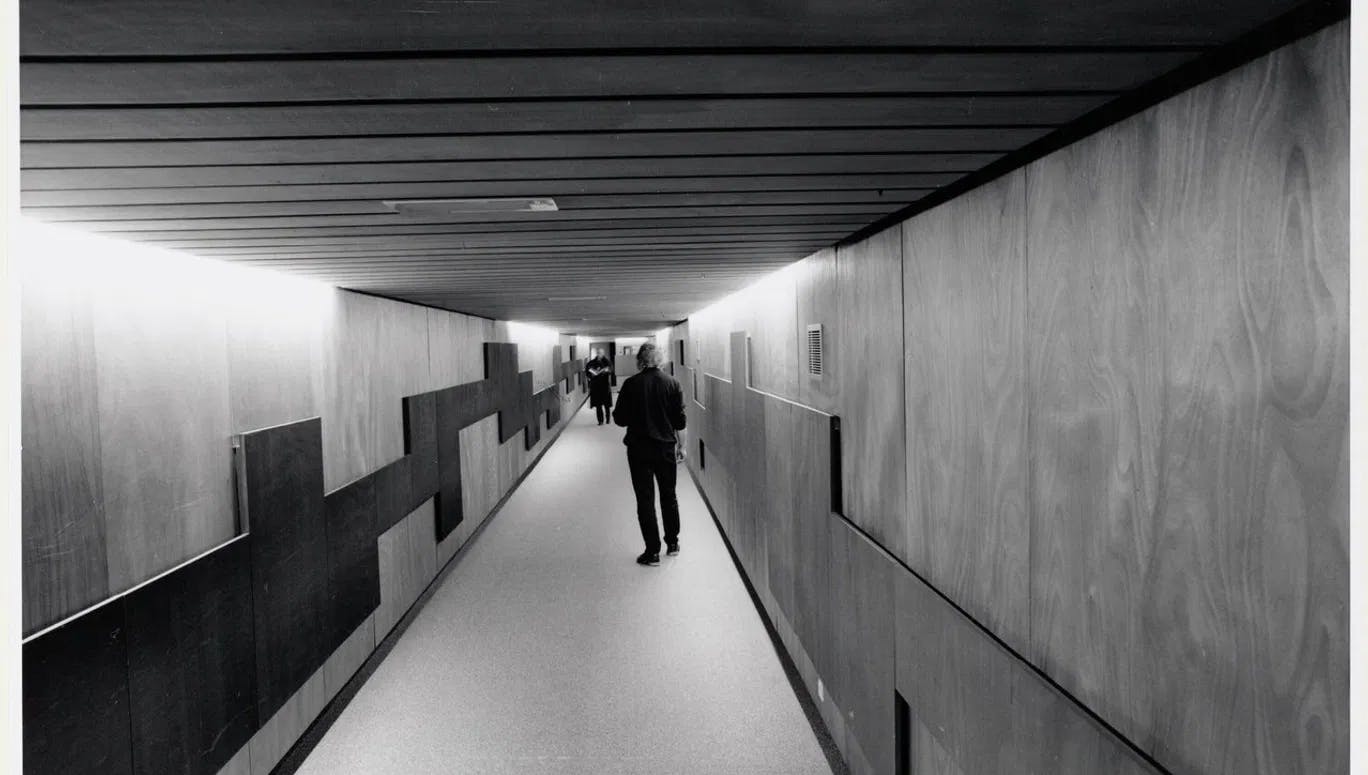Amsterdam beneath your feet
Discover these unique places in the city where time and history are preserved for the eyes of a discerning explorer.
Underground castle
We owe much to the archaeologists: those who lovingly preserve and collect everything that remains in the old layers of soil before new buildings can be established. You can see examples of their findings along the escalator of the Rokin metro station. This area is known for the oldest houses in Amsterdam that once stood on Nieuwendijk, between Nieuwe Nieuwstraat and Dirk van Hasseltssteeg. From 1225 onwards, wooden and wickerwork houses were built for artisans such as weavers and blacksmith to live in. Yet, even then, the Nieuwendijk was already a shopping street. That row of houses rapidly grew southward beyond Dam Square.
In 1275, when Amsterdam was first mentioned, it had just under 1000 inhabitants. To keep their feet dry, the ground level had to be constantly raised, turning the meters-thick layers under the medieval centre into a unique archive of Amsterdam's past. Just how unique they were was made public during excavations in 1994 when a more than one-meter-thick wall of a medieval fortification was discovered on the Nieuwendijk near the Nieuwezijds Kolk. The twenty-by-twenty-five-meter structure was probably built in the years 1280-1290 by order of the Dutch count Floris V, and it only existed briefly.
The Nieuwendijk is not only the oldest shopping street in the city or a place hailing back to the very beginning when Amsterdam was not yet Amsterdam. It is likely the only place in the Netherlands where you can shop above a medieval castle.
De Dam
There is no Amsterdam without the Dam: once a dam on the river bed of the Amstel, where the waters filtered through the wooden sluices out into the IJ. The medieval Dam grew over the centuries into the busiest market square in the heart of the city. In the 19th century, it became the most famous square in the Netherlands: a square for celebration and protest, home to a greater number of historical footsteps than anywhere else in the city.
The Bijleveld sluice
Amsterdam is a city of canals, and sometimes too much water can be inconvenient. Over the last two centuries, dozens of canals and waterways have been filled in. Some were dirty, some were in the way, and others were cleared to make room for car traffic. However, that was not always possible. The solution of the olden times was simple: move the water underground. One such underground canal runs beneath the Nieuwmarkt, from the Kloveniersburgwal to the Geldersekade. The Nieuwmarkt was not yet a square at that time, as the city canal ran through it. A large market square was required whenthe gate was transformed into the Waag. Therefore, in 1614, a significant portion of the canal was filled in, and an underground canal was built beneath it, which still exists today.
There are two more places in Amsterdam with such an underground water connection: the Lijnbaansgracht under Leidseplein and the Kleine-Gartmanplantsoen. The Muntplein also has an underground canal, although it is technically a bridge, with Amsterdam's bridge number 1, which has been widened over the past 150 years.
The Amsterdam Dungeon
You can wander into a different kind of history of Amsterdam in the former church building, the Nieuwezijds Kapel. Since 2005, The Amsterdam Dungeon has been providing interactive, underground tours that take you into the city’s dark past. Experience the city’s history from within in an immersive dungeon journey in which professional actors expose the gruesome parts of Amsterdam's history. This one is definitely for the storybooks, but you better not dwell here. Before you know it, you can't get out, stuck in the city’s dark past.
The Amsterdam Dungeon | Rokin 78
Metro station De Pijp
It seemed like the construction site for the North-South line on the Ferdinand Bolstraat between the Ceintuurbaan and the Albert Cuypstraat would never end. But Amsterdam once more gained something unique for its efforts: the deepest station in the Netherlands. Descending to a depth of 26.5 meters by escalator to the station De Pijp’s platforms is a journey back in time: first through about 12 meters of peat and clay from the last 10,000 years, followed by sand and clay layers from the Ice Age.
The Poen tunnel
The rumours about the escape tunnel of Cafe 't Papeneiland, which would lead to a Catholic 'hidden church' on the other side, behind Prinsengracht 7, turned out to be a fabrication. Yet the centre of Amsterdam has a real underground corridor, which runs under the Keizersgracht at the Vijzelstraat: the Poentunnel. When a new bank building was built on Vijzelstraat in 1974, people wanted their own connection to the old bank building – where the City Archives is now located. The now abandoned tunnel is closed with a steel door. The interior is still completely intact: vintage 70’s with carpeting, scrap walls and wall sculpturing in brown and green hues.
